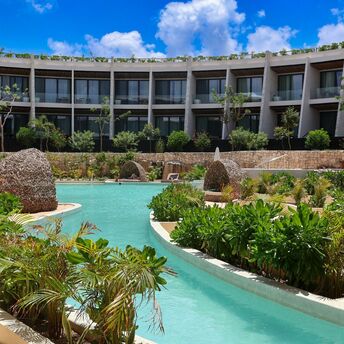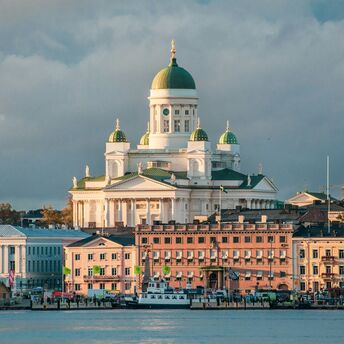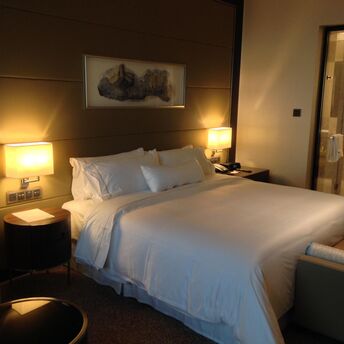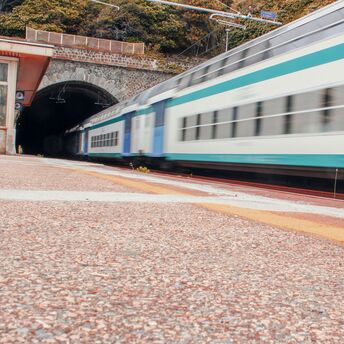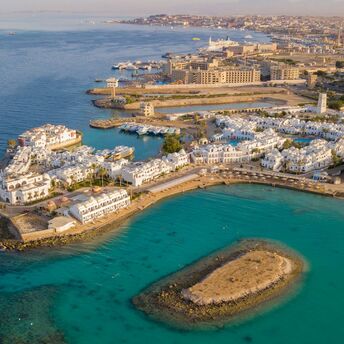New JW Marriott Opens in Tokyo’s Takanawa Gateway Area

JW Marriott has officially opened its newest property in Takanawa Gateway City, a large-scale urban redevelopment project in central Tokyo. The hotel is right above Takanawa Gateway Station, which makes it easy to get to other parts of the city and to Haneda Airport in 20 minutes. With 200 rooms and suites designed in natural tones and minimalist Japanese style, the property overlooks Tokyo’s skyline from the upper floors.
This is the second JW Marriott property in Japan and the first in Tokyo. The hotel introduces the brand’s "Mindful Rooms & Suites" concept to Asia, emphasizing balance and simplicity rather than luxury display. There are a number of dining options, a spa, a gym, and meeting rooms that can be set up in different ways. The interiors, crafted by Yabu Pushelberg, showcase gentle neutral shades, organic materials, and art inspired by Zen philosophy.

The hotel is located in the Takanawa Gateway City area, a lively district that combines business, residential, and cultural facilities. The project is part of Tokyo's long-term plan to redevelop the area around Shinagawa Station, which will be the end of the future Chuo Shinkansen line that will connect Tokyo, Nagoya, and Osaka. The goal of this location is to make Tokyo a more important hub for travel within Japan and around the world.
Visitors can explore Sengaku-ji Temple, the burial site of the Forty-Seven Ronin, still regarded as one of Tokyo’s most historically important landmarks. Just a short distance away is Tennōzu Isle, a lively waterfront area turned into a creative hub with art galleries, cafés, and repurposed warehouse homes. Both locations offer visitors a contrast between Japan’s heritage and its ongoing urban transformation.
The opening of JW Marriott Hotel Tokyo fits with Japan's growing investments in hospitality since tourism from other countries has picked up again. It shows how big hotel chains are focusing on new cities that are connected to rail infrastructure projects. For travelers, this development reflects Tokyo’s ongoing growth in hospitality while preserving its deep cultural and historical connections.




